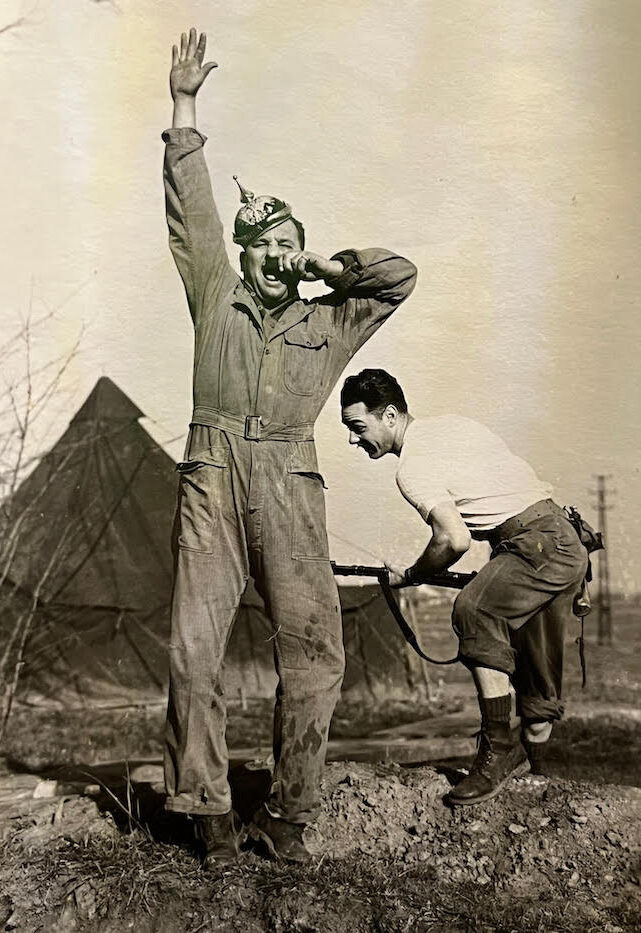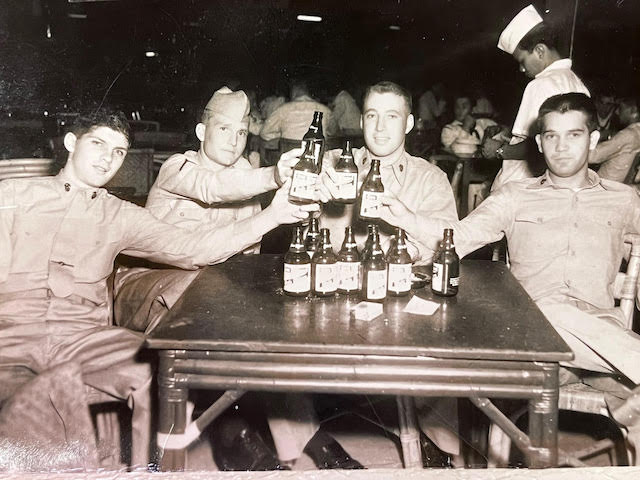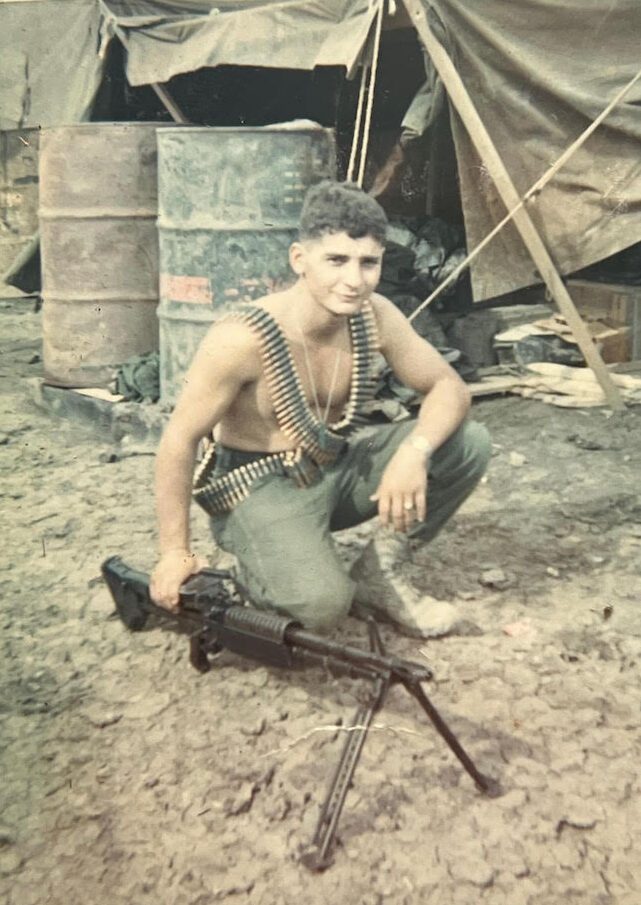One consequence of today’s technology is the disappearance of traditional print photographs and photo albums. This is especially true when it comes to commemorating one’s military service. From the dawn of photography, cameras have accompanied soldiers wherever their paths led, whether they’re palling around during boot camp or grappling with the horrors of the battlefield.
Dating back to Mathew Brady and the American Civil War, photographs have been an integral part of military history. Brady was one of the first photographers to follow troops into battle. Using his own portable dark room, he documented the Civil War, bringing home the reality of the conflict to the American public and preserving it for history.
As cameras became smaller and easier to acquire and operate, many soldiers carried them as part of their personal kit. This was more widespread in Europe during World War Il, where equipment and material were more readily available, than in the islands of the South Pacific. In some cases, security measures were in place prohibiting unauthorized photography, and censorship was imposed on all photographs sent home by troops serving in war zones overseas.
But there were no such restrictions during the Vietnam War, where it seemed every GI had a Kodak Instamatic and used it to record his personal journey. For the more serious photo buff, the PXs had plenty of high-quality Nikon and Pentax cameras for sale at discounted prices, along with developing services and ample supplies.
This led to some of the most remarkable and candid photos to emerge from the conflict, which today are treasured by historians and collectors. Original wartime photographs, printed on photographic paper, survive today and will continue to survive for generations.
But with the advent of the digital camera, the internet and the advanced photo capabilities of cell phones, the traditional photo, developed from film and printed on paper, has all but disappeared. This really took hold in 1990, with Desert Storm, and today it is the rule rather than the exception.
Digital photos are convenient. They can be emailed in real time and posted on Facebook and other platforms for all to see. But they’re far easier to delete or lose track of, and they can’t be shared in the same way as photographic prints and photo albums. Also, as we’ve seen with the VHS or the DVD, digital formats inevitably become obsolete, making it impossible to easily access the files.
It will be interesting to see how future generations will access the candid and unofficial photos taken by those who are presently serving in the military.






0 comments on “The lost art of military photos in print”